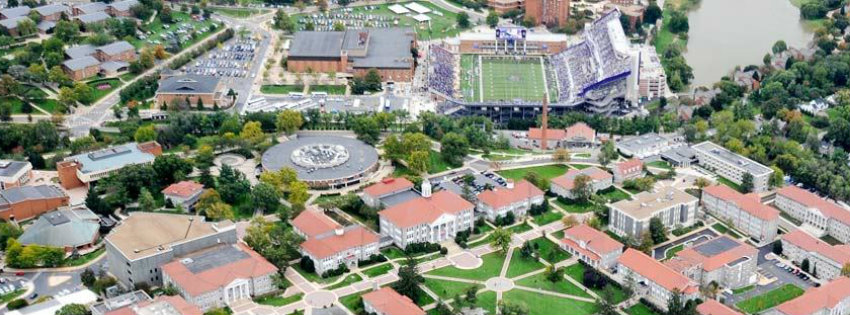Safety Plan: Shelter/Secure in Place

Shelter in Place
When sheltering -in-place, you will be safest by moving to the interior of a building area that protects you from the danger. Do not lock doors behind you as others may need to shelter -in-place.
How Do I Shelter-In-Place?
- REMAIN CALM.
- Immediately seek shelter within the closest sturdy building. Act quickly -don't wait until the danger is readily apparent.
- Once inside, stay away from windows, glass, and objects that may fall. Stay put until the danger passes - resist the temptation to personally assess the weather.
- Whenever possible, seek shelter in interior rooms, corridors, and hallways.
- Avoid large free-standing rooms such as auditoriums and gymnasiums.
- DO NOT use elevators.
- Await instructions from JMU Alerts and emergency responders.
- DO NOT leave until an "All Clear" is received.
During a tornado, shelter in the lowest level possible. If necessary, consider crouching near the floor and seeking additional shelter under a sturdy table or desk, or cover your head with your hands.
In the event of hazardous material incidents requiring sheltering in place, close exterior windows and turn off heating, ventilation, and air conditioning (HVAC) systems.
Always use common sense; there are exceptions for all guidance and prescribed directions.
Weather Definitions
Watch: Conditions are favorable for the development of severe weather. Closely monitor the situation in case it gets worse.
Warning: Severe weather has actually been observed. Listen closely to instructions provided by weather radios/emergency officials.
Secure in Place
When it is necessary to secure -in-place, you will be the safest by placing a locked door or other barricade between yourself and the associated violence or danger.
How Do I Secure-In-Place?
- REMAIN CALM.
- If outside during a secure-in-place emergency, seek shelter in the nearest unlocked building.
- If the buildings in your immediate area have locked exterior doors, continue to move away from the danger, seek cover, move to another unlocked building, or leave campus if safe to do so.
- Once inside, find an interior room and lock or barricade the door(s).
- To minimize vulnerability, turn off lights, silence phones, draw blinds, move away from windows, and minimize additional movement.
- Await further instructions from JMU Alerts or emergency responders.
- DO NOT leave until an "All Clear" is received.
What If Someone Wants to Enter A Secure Area?
USE GOOD JUDGMENT. If there are any doubts about the safety of those inside the room or building, the area should remain secure. Allowing someone to enter a secure area may endanger yourself and others.
If there are individuals outside the secured door who wish to enter, consider the following to determine safety:
- Can you see the area outside the door? Is someone lying in wait or creating a trap?
- If a physical description of the subject was given in the secure-in-place alert, consider similarities such as age, race, clothing description, height, weight, sex, and hair/eye color.
If the decision is made to allow entry to the individual, consider the following:
- Have the person leave anything he or she is carrying (a backpack, laptop case, package, etc.) on the ground and outside the secure area.
- Have the individual lift up his or her shirt/jacket/coat to expose their waistline and rotate 360 degrees to ensure no weapon is being concealed.
Always use common sense; there are exceptions for all guidance and prescribed directions.
